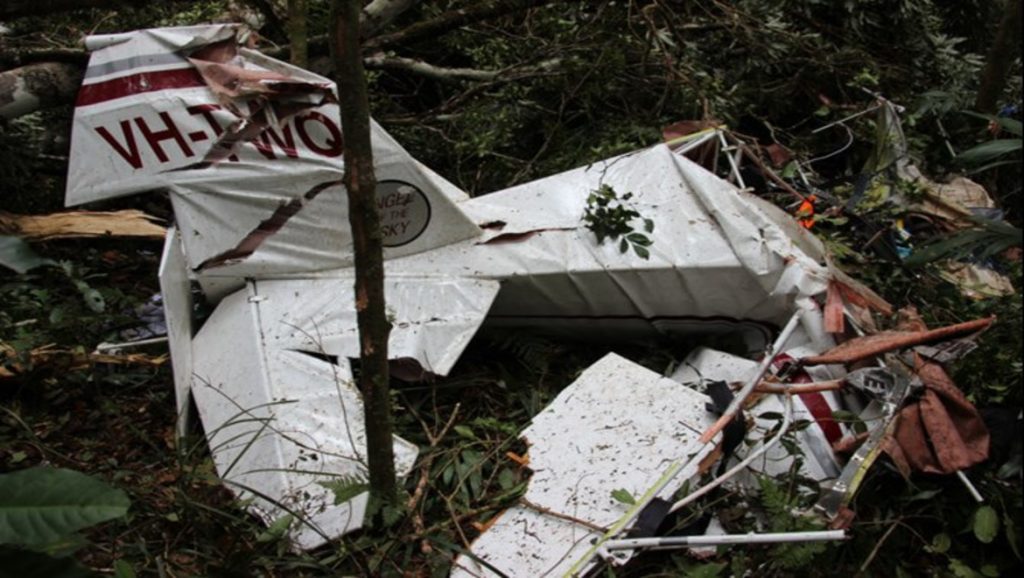Bad weather and pre-flight planning are set to be the focus of the Australian Transport Bureau’s investigation into the crash of an amateur-built Wittman Tailwind that killed two brothers on board.
A preliminary report by the ATSB found the light aircraft collided with trees on 12 January before crashing onto the rainforest floor near Tooloom National Park near the NSW-Queensland border. The wreckage trail was sprayed over a 120-metre area.
The ATSB’s director of transport safety, Stuart Macleod, said, “Investigators will examine the recovered wreckage, the aircraft’s performance characteristics and recorded flight data, and analyse the pilot’s qualifications and experience and the aircraft’s maintenance documentation and operational records.”

Robert Dull and his brother Owen set off in their single-engine Tailwind plane, registered VH-TWQ, from Evans Head, NSW, bound for Boonah, Queensland.
The aircraft made a stop in the town of Casino before taking flight again for another 15 minutes and then making a left turn and crashing.
Subsequent examination of the wreckage by ATSB transport safety investigators indicated that the aircraft collided with a number of trees before coming to rest on the rainforest floor.
The pilot and passenger were killed and the aircraft destroyed.
“The ATSB’s ongoing investigation will include examination of the meteorological conditions and pre-flight preparation,” said Macleod.
“The investigation is ongoing and this report is only based from preliminary investigation. The ATSB will not publish its findings until the final investigation report is released.”
Macleod highlighted the need to take meteorological conditions into account during every flight. He advised pilots to read the ATSB campaign ‘Don’t push it, DON’T GO – Know your limits before flight’.
“However, the ATSB does note that meteorological conditions and preflight planning are areas of focus for this investigation, and weather-related general aviation accidents remain one of the ATSB’s most significant causes for concern in aviation safety,” he added.
“‘Don’t push it, DON’T GO’ highlights three key messages: the importance of thorough pre-flight planning and having alternate plans, that pressing on where there is the possibility of entering IMC [instrument meteorological conditions] carries a significant risk of spatial disorientation, and the value of using a ‘personal minimums’ checklist to help manage flight risks.”
Findings from ATSB investigations into aircraft accidents where a visual flight rules pilot flew into IMC are published in the ATSB’s recently updated Accidents involving pilots in Instrument Meteorological Conditions publication, re-released as part of the Don’t push it, DON’T GO campaign.















